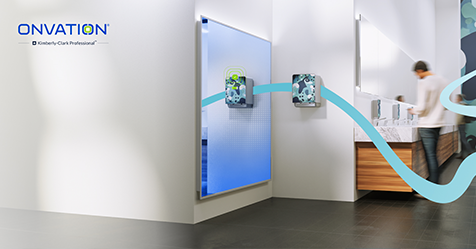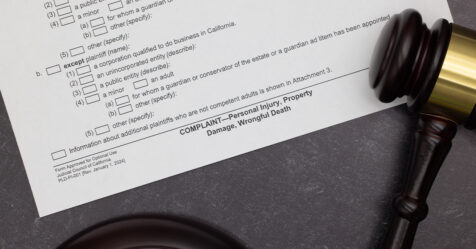Texas Confirms First US Death of a Person Infected With Monkeypox
Cases of monkeypox have now been confirmed in every U.S. state and territory.
The Texas Department of State Health Services (DSHS) recently confirmed the first death of a person diagnosed with monkeypox in Texas and the United States as a whole. The patient was an adult resident of Harris County who was severely immunocompromised. The case is under investigation to determine exactly what role monkeypox played in the death.
“Monkeypox is a serious disease, particularly for those with weakened immune systems,” said Dr. John Hellerstedt, Texas DSHS commissioner. “We continue to urge people to seek treatment if they have been exposed to monkeypox or have symptoms consistent with the disease.”
The U.S. Centers for Disease Control and Prevention (CDC) reports that cases of monkeypox infection have now been confirmed in every U.S. state and territory. As of August 30, the total number of U.S. cases stood at 18,417.
How Monkeypox Can Spread
According to the CDC, during the infectious period, body fluids, respiratory secretions, and lesion material from people with monkeypox can contaminate the environment. Poxviruses can survive in linens, on clothing, and on environmental surfaces, particularly when in dark, cool, and low humidity environments.
In one study, investigators found live virus 15 days after a patient’s home was left unoccupied. In another, the Utah Department of Health discovered evidence of monkeypox DNA on surfaces in the home of two patients after they had isolated there for 20 days. Furthermore, in a study recently published in the European infectious disease journal Eurosurveillance, researchers this past June found monkeypox virus DNA on surfaces inside patients’ rooms and bathrooms in a hospital in Germany.
Touching such surfaces that have not be cleansed and disinfected can promote the spread of the disease. As such, the CDC recommends disinfection of all areas—including homes and vehicles—where a person with monkeypox has spent time.
Cleaning to Control Monkeypox
On its website, the CDC outlines very specific recommendations for cleaning the homes of people infected with the monkeypox virus. While isolation of the monkeypox patient is ideal, it’s not always possible. So, it’s important to ensure that any shared spaces, appliances, or items are cleaned and disinfected immediately following their use.
Hand hygiene is particularly important. The use of an alcohol-based hand rub or hand washing with soap and water should be performed by people with monkeypox and household contacts after touching rash material, clothing, linens, or environmental surfaces that might have had contact with rash material.
When possible, monkeypox patients should handle their own linens and laundry. But if that’s not possible, the person aiding the patient should wear disposable medical gloves and a well-fitting mask or respirator. Any clothing that contacts the rash during dressing changes should be immediately laundered. Do not shake the linens as this could spread infectious particles. Gloves should be disposed of after use, followed by handwashing.
All contaminated waste, such as dressings, bandages, or disposable gloves needs to be properly collected and disposed via a sealed bag.
Avoid dry dusting or sweeping as this could spread infectious particles. Wet cleaning methods are preferred such as disinfectant wipes, sprays, and mopping. Vacuuming is acceptable using a vacuum with a high-efficiency air filter. If not available, ensure the person vacuuming wears a well-fitting mask or respirator.
Other items to be cleaned and disinfected include all hard surfaces and household items, upholstered furniture and other soft furnishing, and flooring, including carpeting. All dishes and utensils should be washed with detergent and hot water.
Disinfecting Surfaces
The CDC advises that all commonly touched surfaces and items be routinely cleaned and then disinfected. This includes surfaces such as tables, countertops, door handles, toilet flush handles, faucets, light switches, and floors. Don’t forget interiors of appliances such as refrigerators or freezers, as well as cabinet spaces and drawers, if they have been accessed by the person with monkeypox.
The CDC specifically recommends the following guidelines for safe and effective disinfectant use:
- Check that your product is U.S. Environmental Protection Agency (EPA)-registered. Find the EPA registration number on the product.
- Read and follow the directions. Check use sites and surface types in the instructions to make sure product is right for the surface being disinfected. Follow any precautionary statements.
- Pre-clean the surface. Make sure to wash the surface with soap and water first if the directions mention pre-cleaning or if the surface is visibly dirty. Dirt can keep the disinfectant from working properly.
- Follow the contact time. The surface should remain wet according to the time indicated by the product’s instructions for optimal effectiveness. Reapply if necessary.
For more information, ISSA has created a number of informative videos regarding the control and prevention of monkeypox.

